Video game graphics have come a long way in the past few decades. The advancement, no matter how well-intentioned, had a significant impact on stories and characters and may now even put an end to the silent protagonist—at least, that is what Dragon Quest creator Yuji Horii claims.
In a July 22 interview for Denfaminicogamer, translated from Japanese by Automaton, Horii spoke on RPGs, specifically his own Dragon Quest series, and the foundations they were built upon. He names the silent protagonist as a key element, which he describes as “symbolic,” one that is slowly ceasing to appear as video game graphics continue to improve. “If you make a protagonist who just stands there, they will look like an idiot,” Horii explains, stating that developing this type of character will continue to be more challenging as graphical fidelity “evolves.”
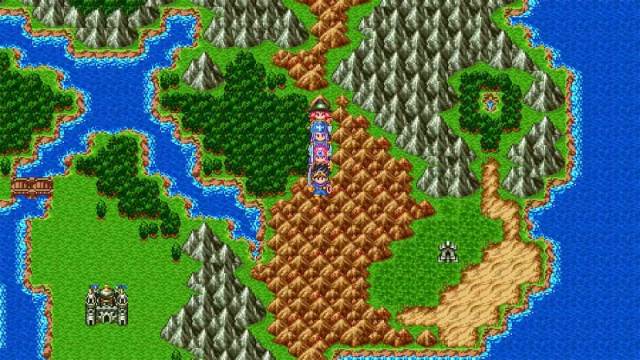
He added how silent protagonists, when placed in modern video games with realistic graphics, cannot provide natural reactions to what’s happening around them. Immersion is easily broken, which wasn’t the case in classic Dragon Quest and other old RPGs featuring simpler graphics. Players could place themselves in the role of the silent protagonist, filling the gaps in their mind, making it akin to reading a book. With high fidelity, players can easily be put off by a character just being there, saying nothing.
RPGs have come a long way in the past few decades, and not only in terms of graphics. More emphasis is put on setpieces and epic scale, while the classic stories were “created in the dialogue” with “very little in the way of narration,” as Horri puts it. We’ve gone from games such as the old Baldur’s Gate titles being glorified novels to the latest Baldur’s Gate 3 being a Hollywood-like production in terms of voice acting, cutscenes, and other elements.
Time will only tell what will come next for RPGs and games as a whole as budgets expand and technology advances. But if Horii is right, expect your protagonists to speak up ever more often.


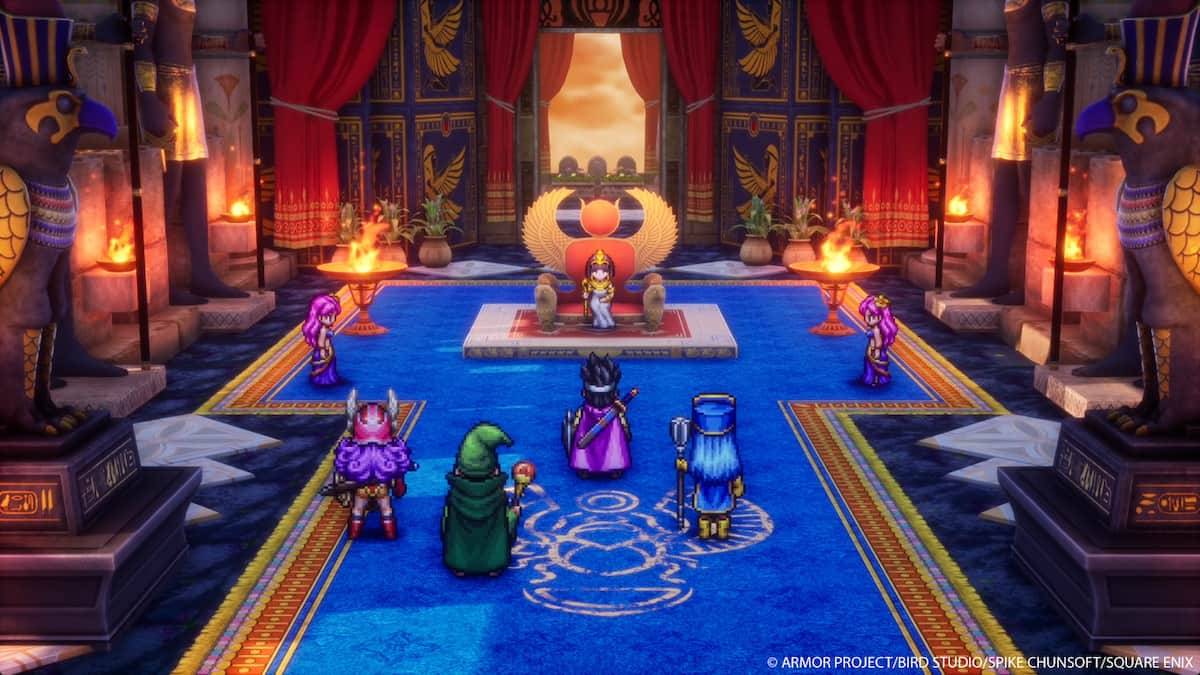
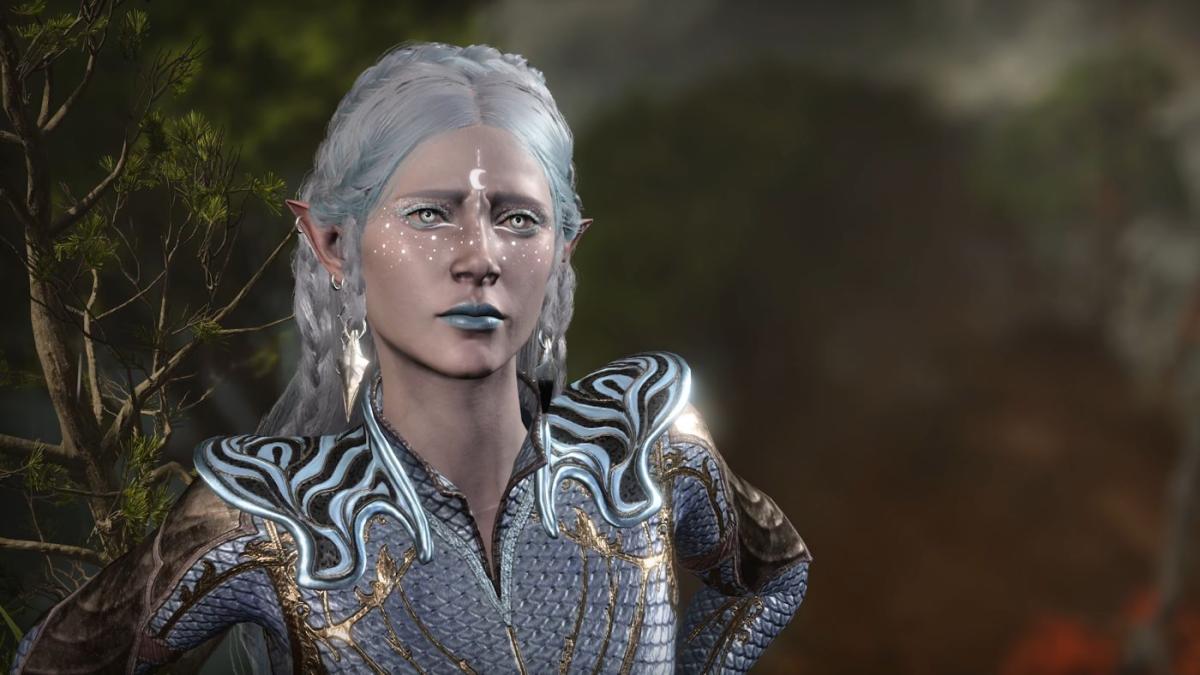

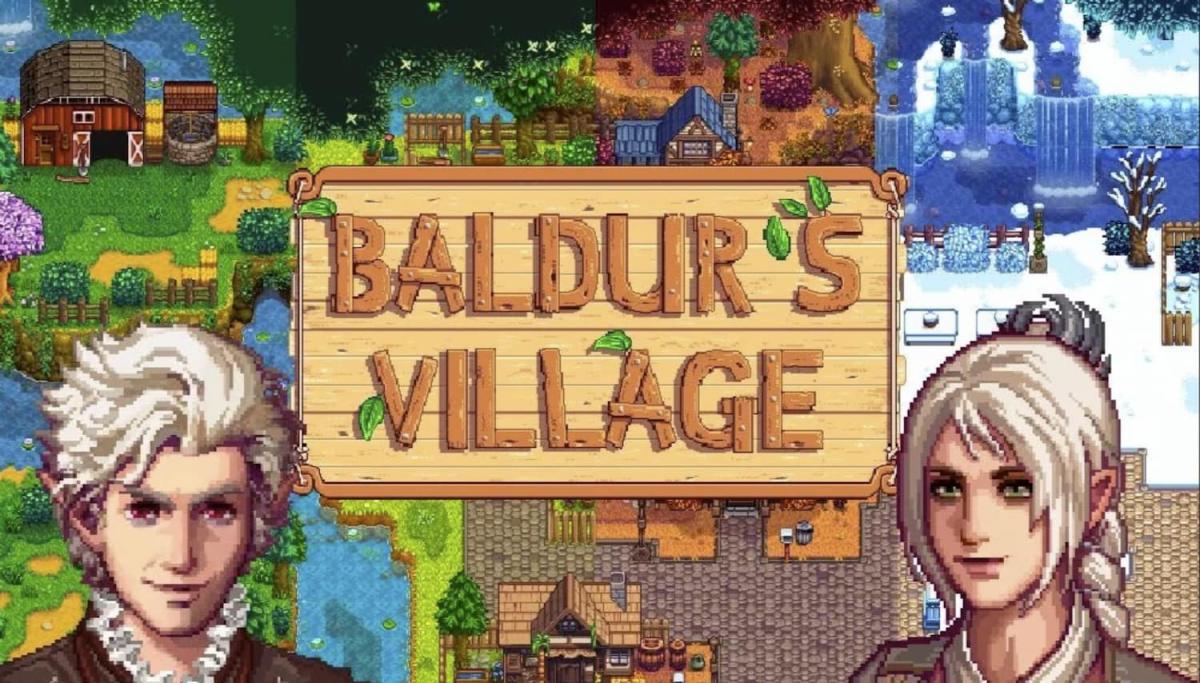
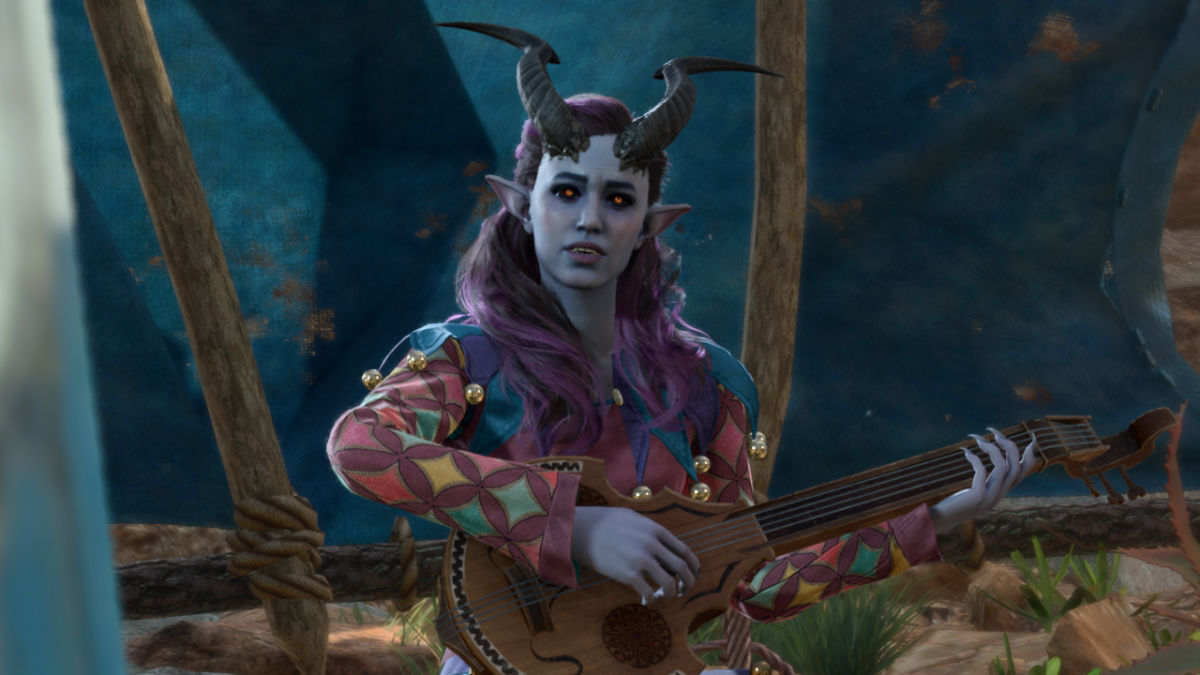
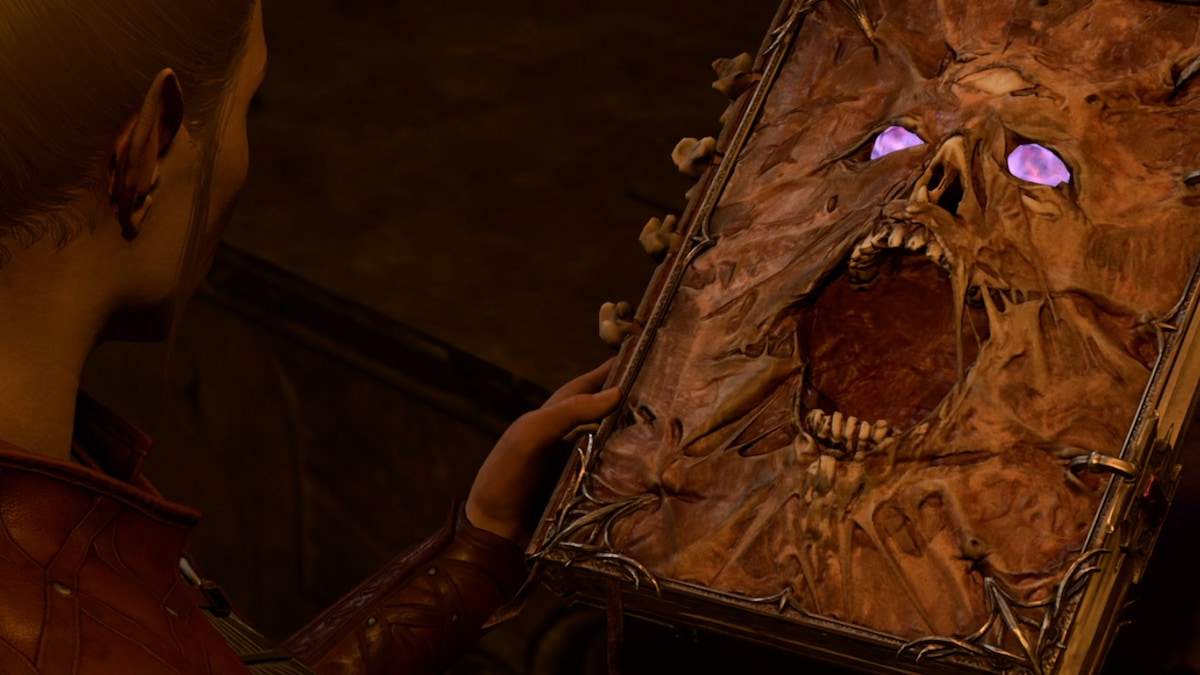

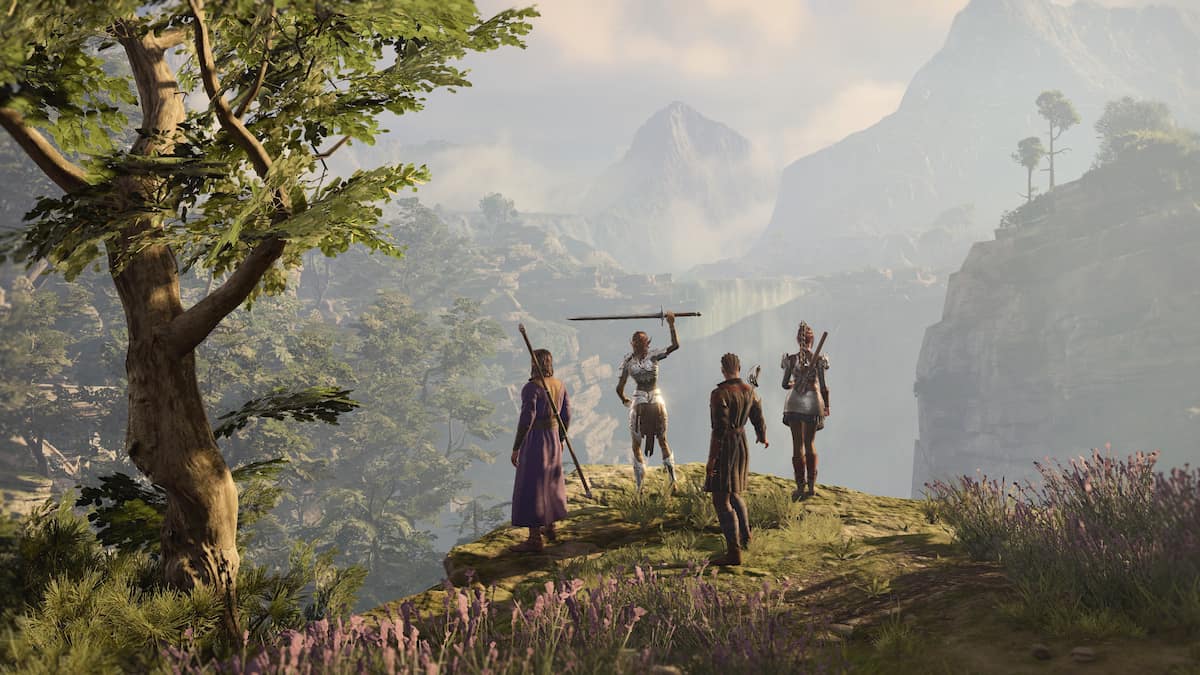
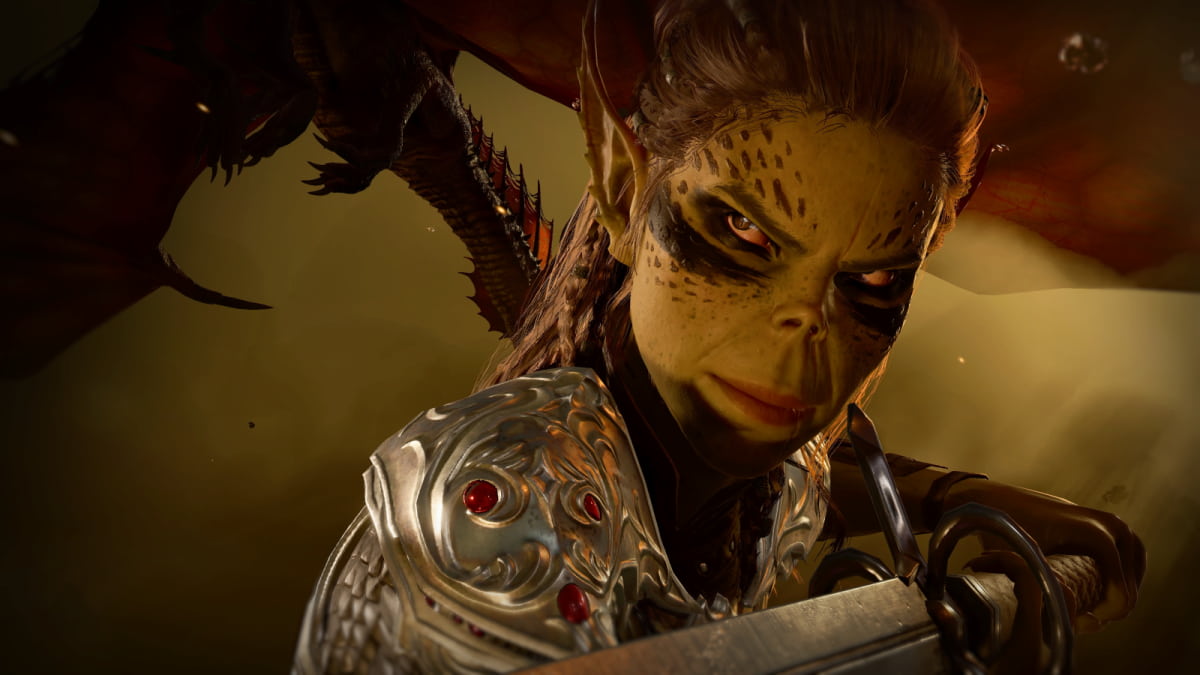
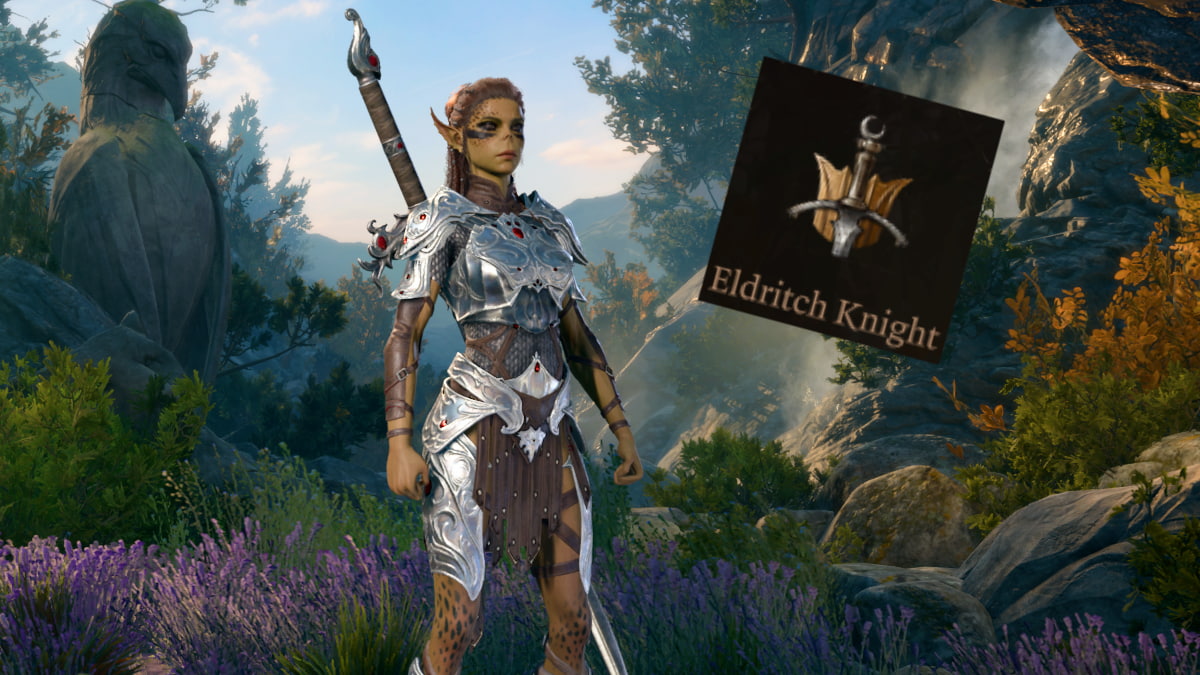
Published: Jul 25, 2024 11:21 am